Virgilio González Antón
Extant
Cudillero, Asturias, 33150, Spain
begun circa 1994
González’s house is not noted in the village’s tourist publications or website, and because only the exterior entrance way of the lowest floor (up as far as he can reach) is ornamented and thus not visible from the main plaza—the adornments hidden by the houses located one short walkway below—it is not an obvious visible attraction for tourists. However, those who do find their way around Cudillero’s twisting walkways and who are intrigued enough by the façade to stop and look, are warmly welcomed if the artist is at home.
About the Artist/Site
Virgilio González, one of twenty-four children (only sixteen survived to adulthood), was born in the Cudillero house in which he is now living and that he is ornamenting. His father was a fisherman and Virgilio, as well as most of the others in his family, followed the call to the sea. At the time he came of age the only other two career choices were subsistence agriculture, requiring a move inland, and working in the mines in Mieres; his only two brothers who chose this second option developed silicosis and died prematurely.
By age eleven, González was already helping to bring in the catch, having temporarily moved with his parents to Luarca, about 25 miles to the west on the coast. During the war, his five older brothers fought against Franco for the Republican forces, while he stayed behind to help take care of the younger children and help his parents with their fishing duties. In 1939, at age fourteen, he obtained his own fishing license, enabling him to go to sea on his own. He married Leonides Verdasco Álvarez, who came from the village of Somiedo, in 1950, and had three children, a daughter and two sons; the boys became sailors. Although he retired from active fishing in 1986, he piloted a yacht for a wealthy noble until 2008.
He had always had a collector’s bent, which intensified after his retirement. During all of those years at sea, he had amassed a sizeable collection of shells, coral, shark teeth, crab shells, floats, nets, lures, sponges, and much more, most of which came from the cold Cantabrian waters off of Cudillero’s coast. And, although much raw material is still stacked neatly in boxes alongside the walls of the rooms he is decorating, he has now spent at least two decades developing the different forms and colors and textures into small assemblages that crowd the interior floor space and are hung off the walls and ceilings. He carves wooden supports with a small knife or uses old pictures and even discarded mirrors as a base, and with rudimentary hand tools such as a small hammer, hand drill, awl, and vise, he arranges his creations into patriotic and religious tableaux, ships, lamps, flowerpots, frames, using motifs such as stars, anchors, circles, ship wheels, and more, attaching the shells with white glue and later varnishing them to enhance their brilliance. Individual shells or branches of coral that he finds particularly striking are mounted on small bases or line the shelves and tables of the two small rooms on the bottom floor of his house, now transformed into his personal museum. The density of the assemblages mirror the density of these two rooms, as the baroquely ornate incrustations of the different textures, hues, and shapes of these gifts of the sea crowd each other in a many-layered and surprisingly colorful display.
González’s house is not noted in the village’s tourist publications or website, and because only the exterior entrance way of the lowest floor (up as far as he can reach) is ornamented and thus not visible from the main plaza—the adornments hidden by the houses located one short walkway below—it is not an obvious visible attraction for tourists. However, those who do find their way around Cudillero’s twisting walkways and who are intrigued enough by the façade to stop and look, are warmly welcomed if the artist is at home.
~Jo Farb Hernández
Contributors
Map & Site Information
Cudillero, Asturias, 33150
es
Latitude/Longitude: 43.560002 / -6.148421
Nearby Environments


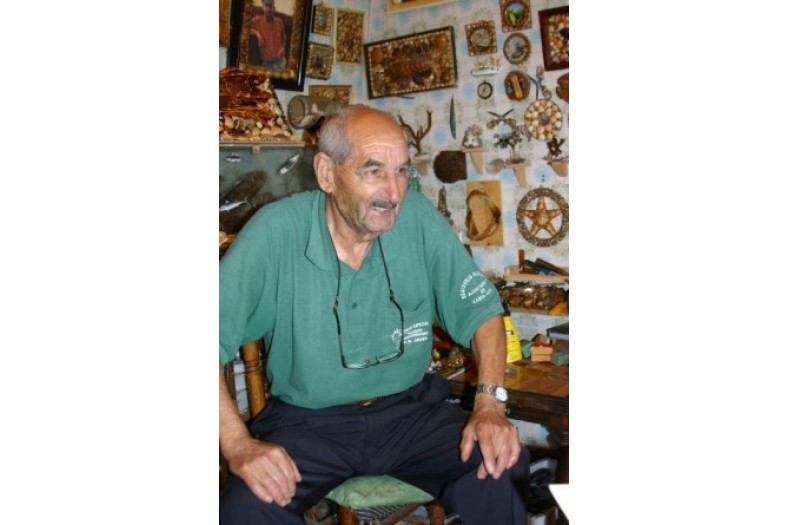
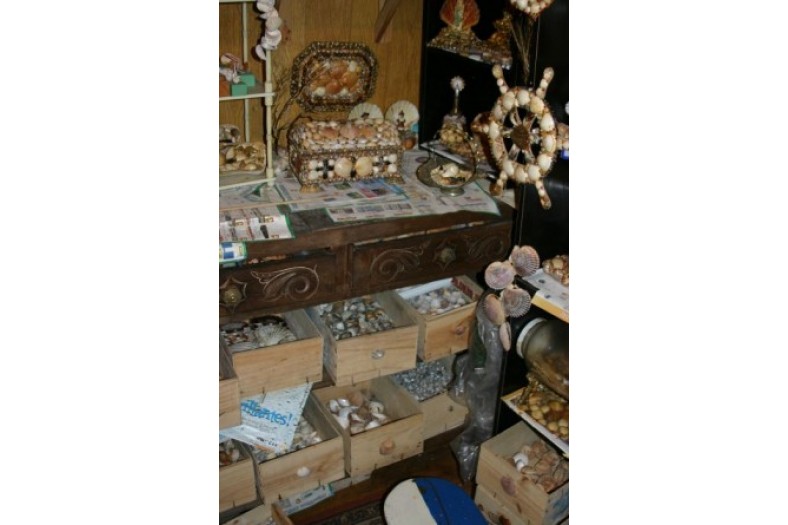
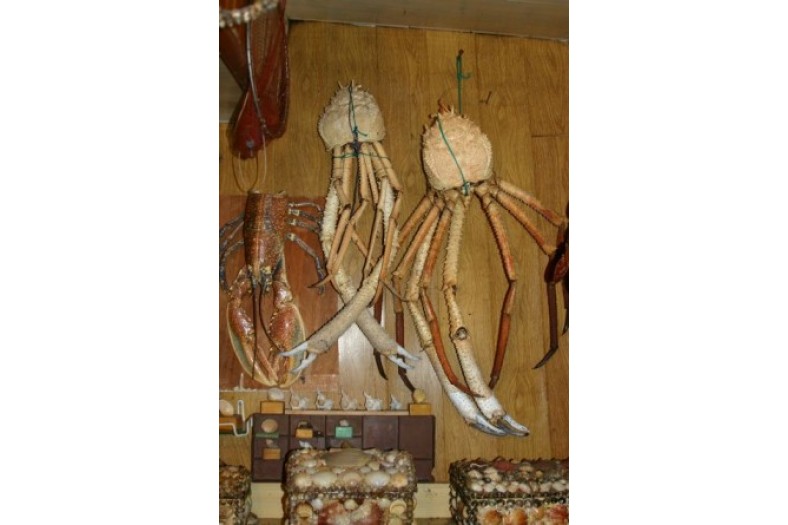
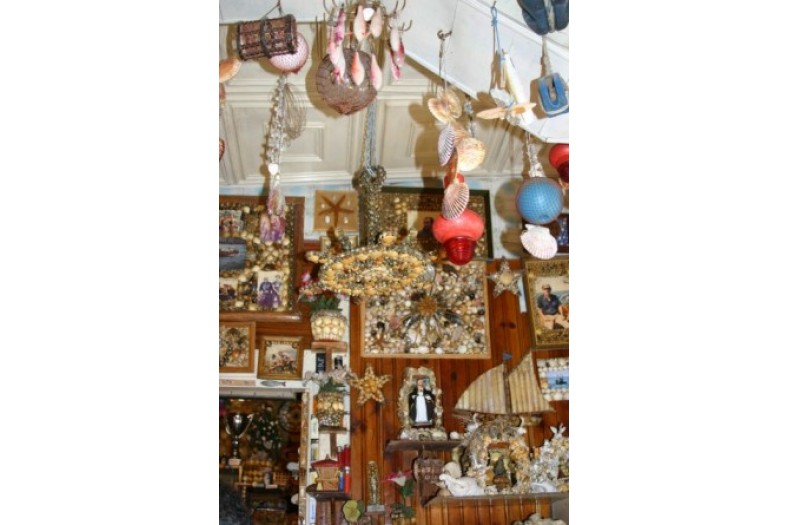
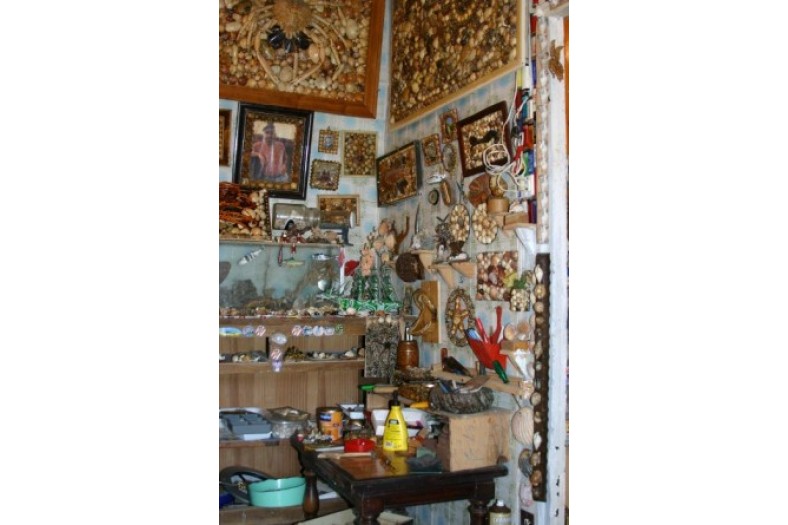
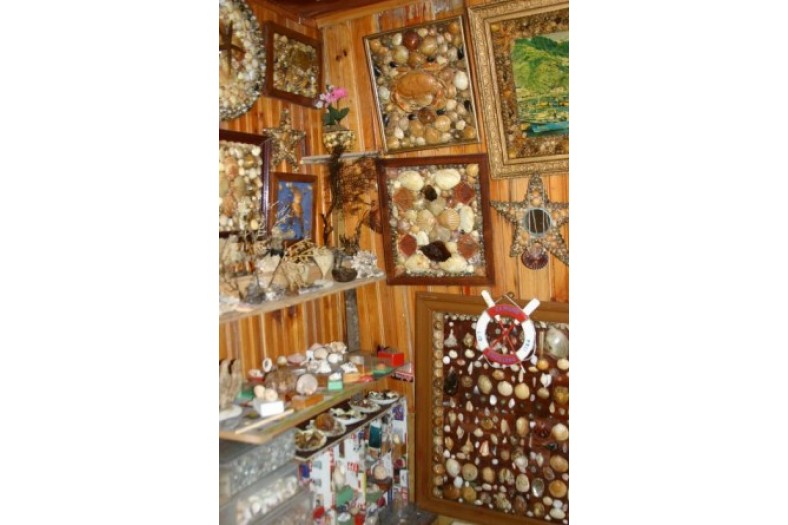
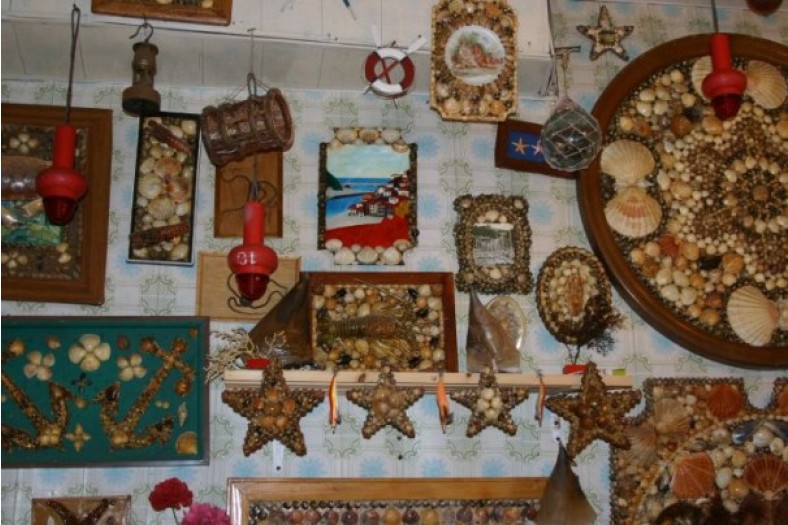
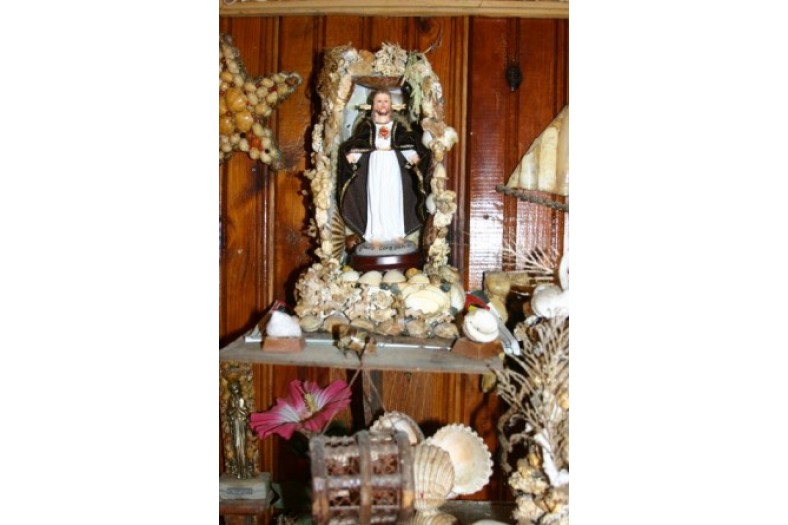
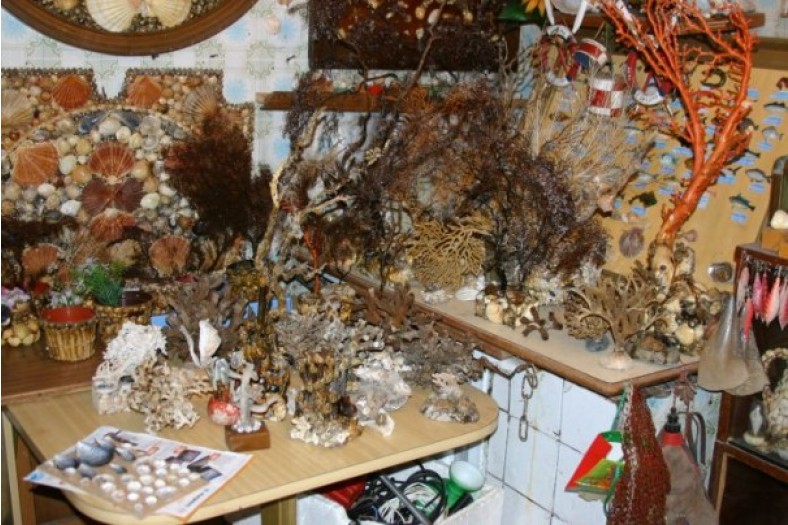
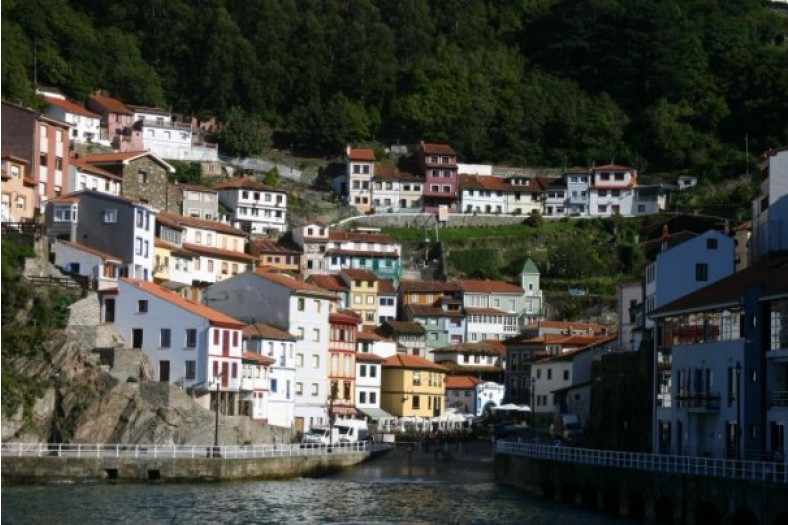
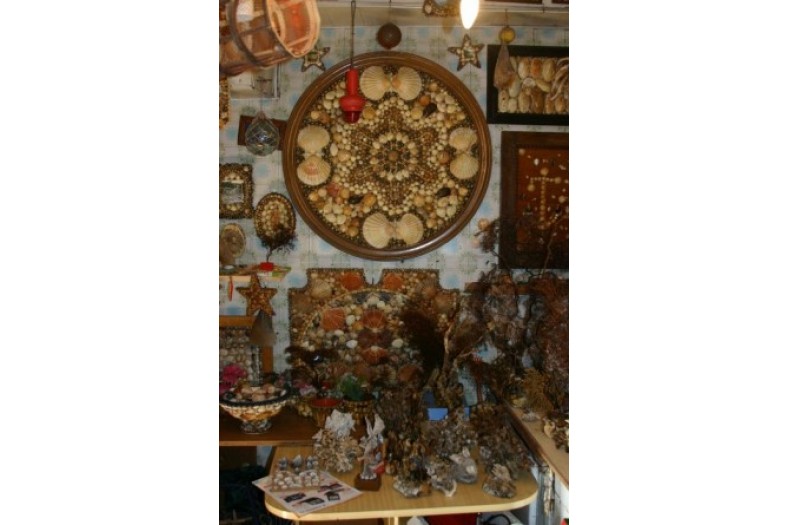
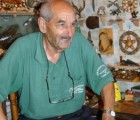
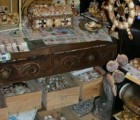
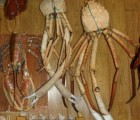

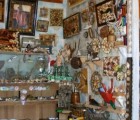
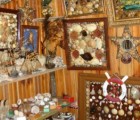
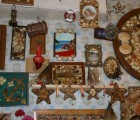
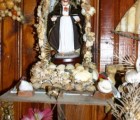
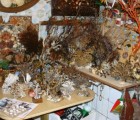
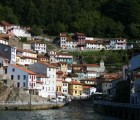
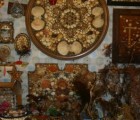
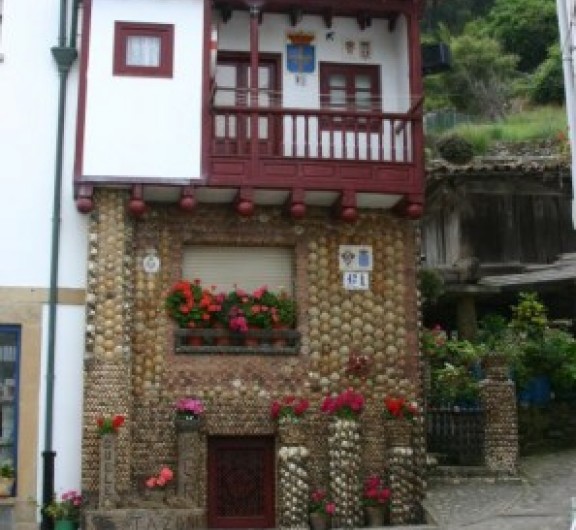
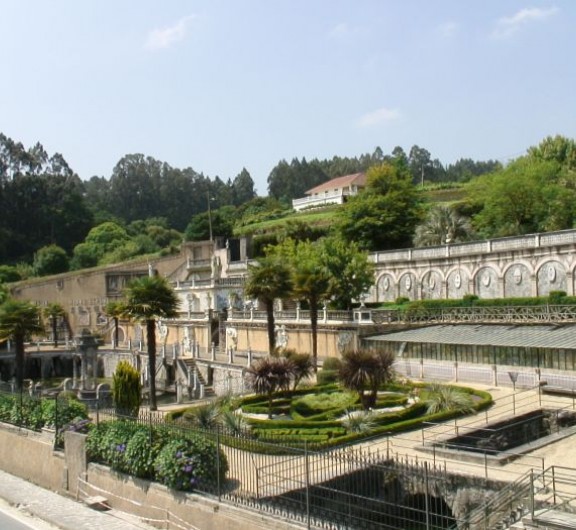
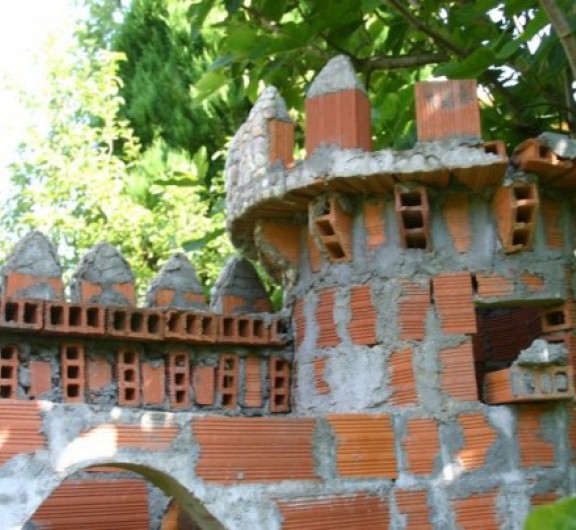
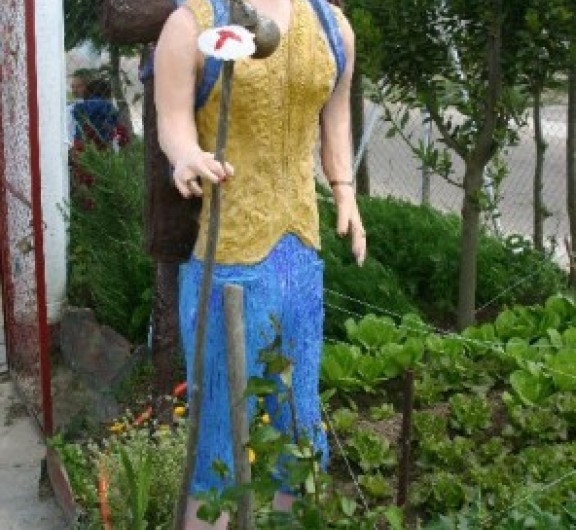
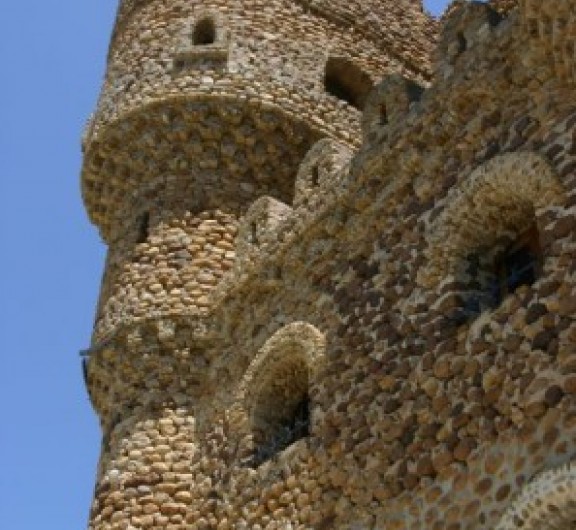
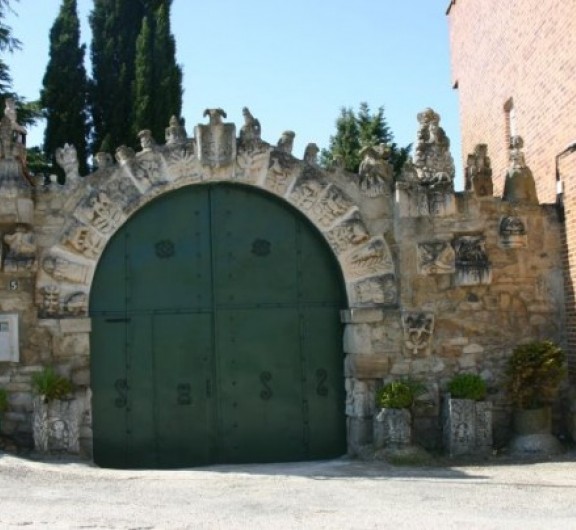

Post your comment
Comments
No one has commented on this page yet.